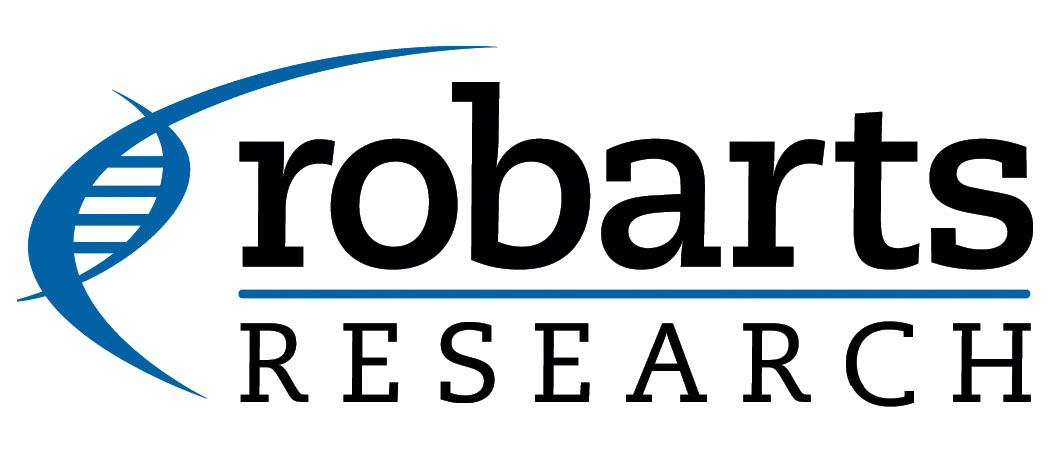Research
We propose the gradient competition anisotropy for spinal cord centerline extraction and segmentation in T1- and T2-MR images. Distinct from existing spinal cord detection approaches, the proposed method is general to the detection of different curvilinear structures, as it merely requires the minimum and maximum scales of the detection target.[1]

Fig. 5. Sagittal slices and corresponding segmentation results of 2 clinical cases. (a, b) The mid-sagittal slice of a T1 case. (c, d) Two sagittal slices of a T2 case.[1]






